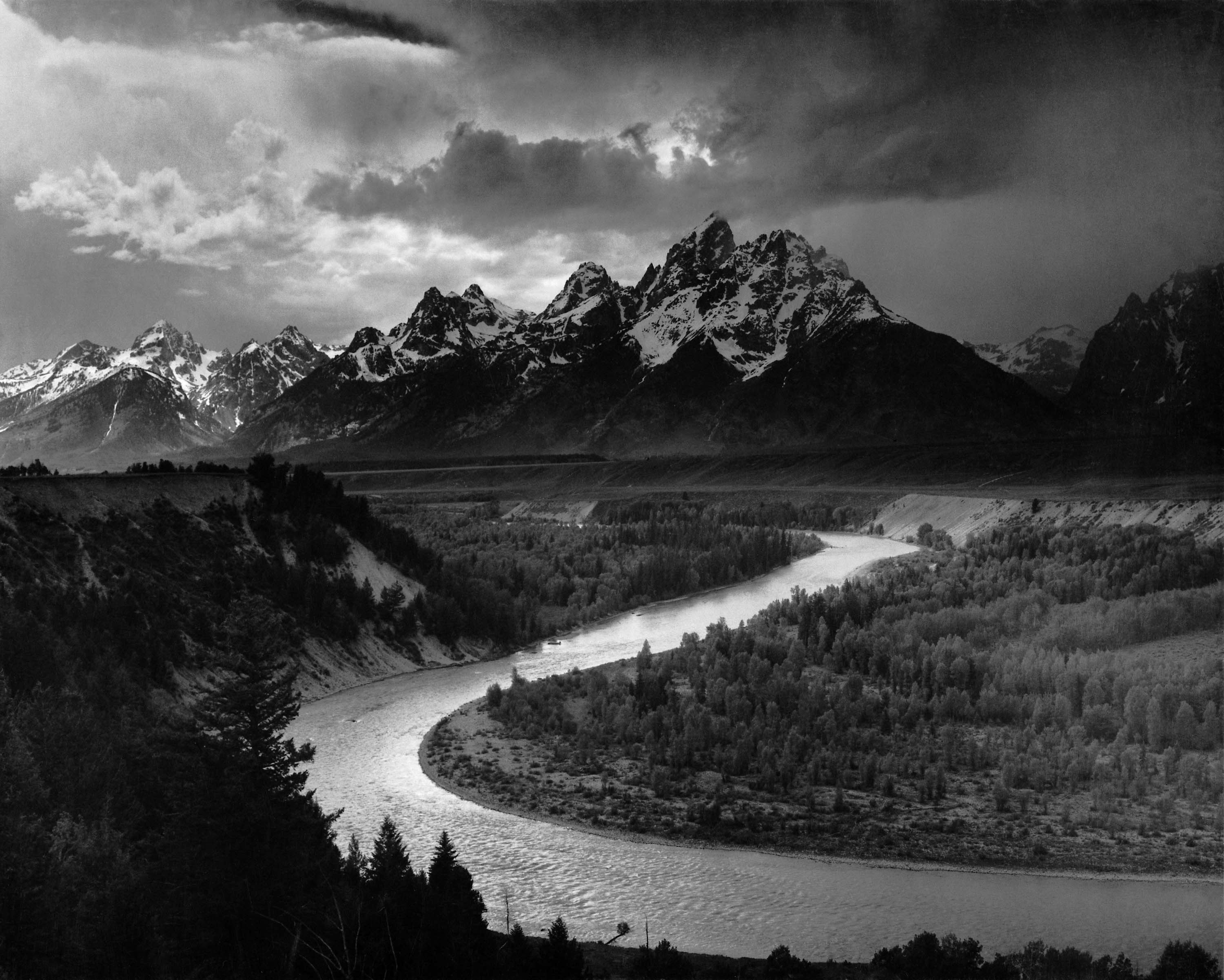Tomorrow, April 22nd, marks the anniversary of the death of Ansel Adams, the iconic photographer whose dramatic black-and-white images of the American West profoundly shaped our perception of its grandeur and played a pivotal role in environmental conservation.
- Originally a Concert Pianist: Before dedicating his life to photography, Adams was a serious and talented pianist. Music was his primary focus until his late twenties, and this early training profoundly influenced his photographic eye, teaching him about composition, tonal range, and emotional expression.
- Self-Taught Master & Technical Innovator: While he briefly took some formal art instruction, Adams was largely a self-taught photographer. He became a master of his craft through relentless experimentation and a deep understanding of the science behind photography. He co-developed the revolutionary “Zone System,” a precise technique for controlling exposure and development to achieve a desired range of tones in his prints.
- Instrumental in the Conservation Movement: Adams’ stunning photographs weren’t just art; they were powerful tools for environmental advocacy. His iconic images of the American West, particularly Yosemite, brought the beauty of these landscapes to a wider audience and played a significant role in garnering support for the preservation of national parks and wilderness areas. He was a dedicated member of the Sierra Club for decades, using his art and influence to lobby for conservation efforts.
Tomorrow marks the anniversary of the passing of Ansel Adams, a towering figure in the world of photography. His breathtaking black-and-white images of the American West, particularly Yosemite National Park, not only captured the stark beauty of the landscape but also played a significant role in the conservation movement. Adams’ mastery of the Zone System revolutionized photographic technique, allowing for unparalleled control over tonal range and detail. His iconic prints continue to inspire awe and appreciation for the natural world, ensuring his legacy as a visionary artist and environmental advocate endures.

